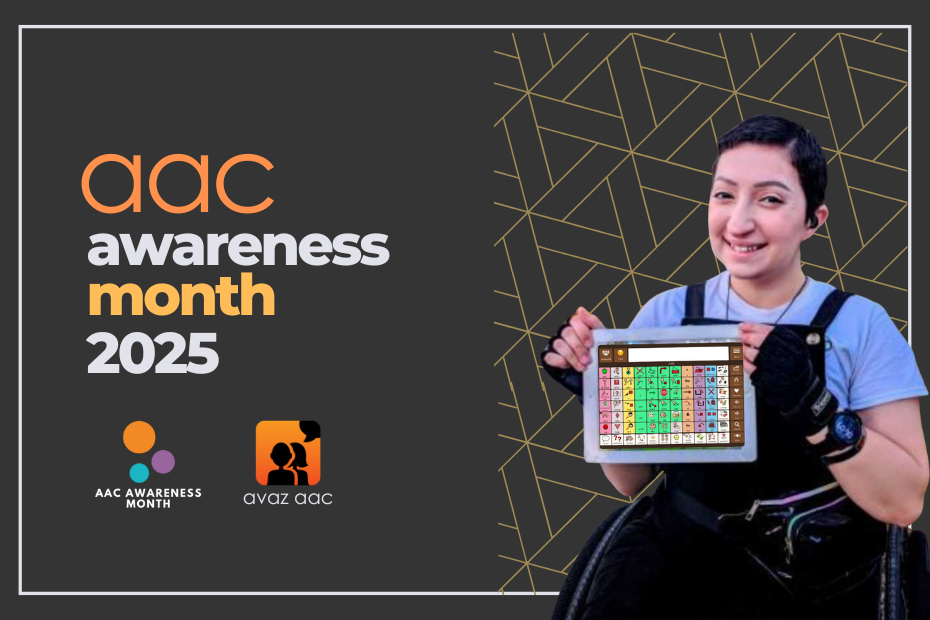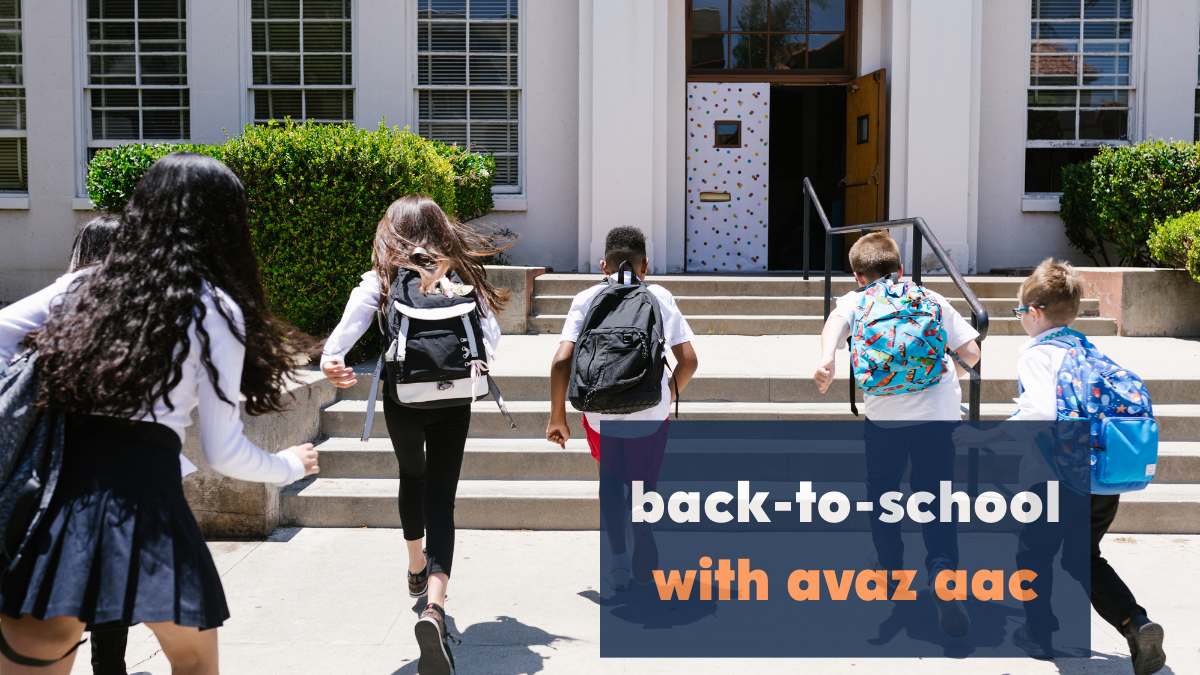

Understanding Aphasia
Aphasia is an acquired language disorder that affects how a person communicates. It is usually caused by damage to the parts of the brain that are responsible for language and communication. Aphasia can be caused due to a traumatic brain injury, stroke, infection, tumor or a surgery. The damage can cause impairment in one or more of these aspects: spoken language expression/comprehension, written expression, reading comprehension.
You read more about aphasia here.
The Magic of AAC: Bringing Words to Life
Augmentative and alternative communication (AAC) provides tailored strategies to assist individuals with severe aphasia in communicating more effectively across different settings, whether they are in the hospital, undergoing rehabilitation, or at home. AAC for people with aphasia goes beyond “talking boxes” and picture boards—it is a comprehensive collection of communication strategies that provide external support for people who cannot understand or generate messages on their own (Garrett & Lasker, 2005).
Personalized AAC Strategies
Some people who have aphasia may not realize that their communication has changed or that their communication partner is having difficulty understanding them. This lack of awareness can affect their willingness to use AAC devices, as they might not perceive a need for them. One key insight from Chantelle Hutchinson’s episode on the Talking with Tech podcast highlights the importance of personalization in AAC strategies. Hutchinson emphasizes that successful AAC interventions must be tailored to the individual’s unique communication style and preferences. This personalization is critical in building confidence and competence in using AAC tools, leading to more meaningful and effective communication.
From Paper to Pixels: Exploring AAC Tools
AAC methods include both low-tech and high-tech solutions. Low-tech AAC strategies might involve simple tools such as communication boards or notebooks that use pictures or written words to convey messages. High-tech solutions can include speech-generating devices (SGDs) and specialized software applications that assist individuals in forming words and sentences. The choice between low-tech and high-tech AAC depends on the individual’s specific needs, preferences, and the contexts in which they communicate.
Navigating AAC for Different Communicators
The process of integrating AAC into the lives of individuals with aphasia varies depending on their communication abilities. People with aphasia often fall into one of three categories: emerging communicators with partner dependence, transitional communicators, and independent communicators. Emerging communicators rely heavily on their communication partners to assist in expressing their needs and thoughts. Transitional communicators can begin to use AAC tools more independently but may still require support. Independent communicators are able to use AAC strategies and devices effectively on their own. Recognizing these stages helps SLPs to tailor interventions appropriately, ensuring that each individual receives the support they need to progress in their communication abilities.
Speech-language pathologists (SLPs) play a crucial role in the assessment, selection, and implementation of AAC strategies for individuals with aphasia. In aphasia clinics, SLPs work closely with patients and their families to identify the most effective communication tools and strategies. This collaborative approach ensures that the selected AAC methods align with the patient’s daily communication needs and abilities. Additionally, SLPs provide training and support to both the individual with aphasia and their communication partners, facilitating a smoother integration of AAC into their daily lives.
Benefits of AAC in Aphasia Rehabilitation
Incorporating AAC into rehabilitation not only enhances communication but also improves the overall quality of life for people with aphasia. By enabling more effective interactions, AAC helps reduce frustration and isolation, fostering greater social participation and independence. As technology continues to evolve, new and innovative AAC solutions are emerging, offering even more opportunities for personalized and effective communication support.



